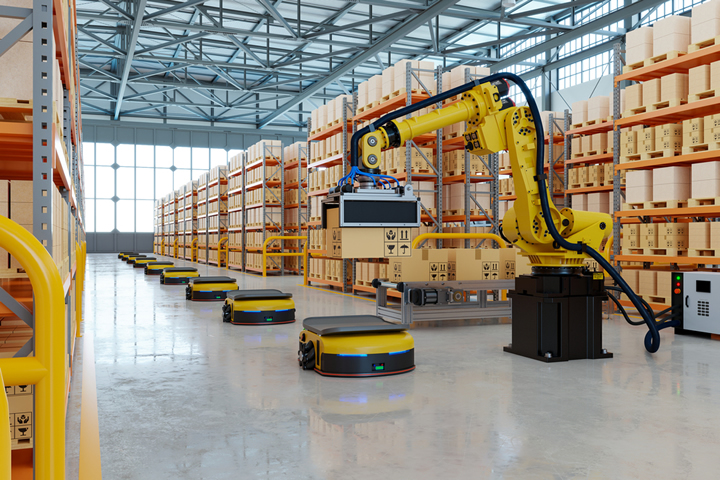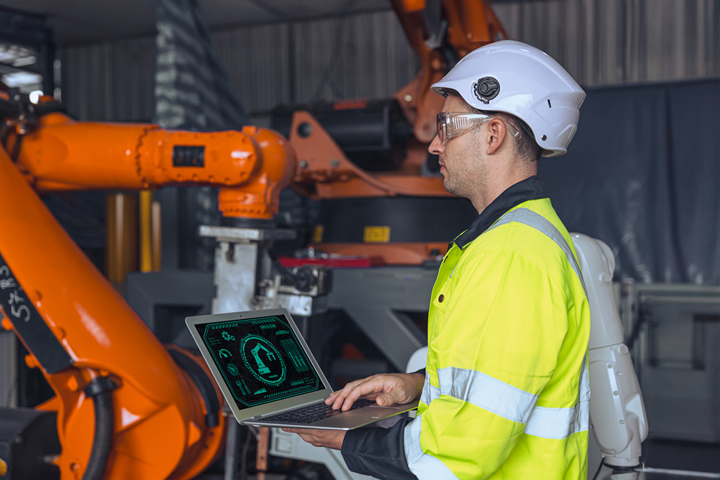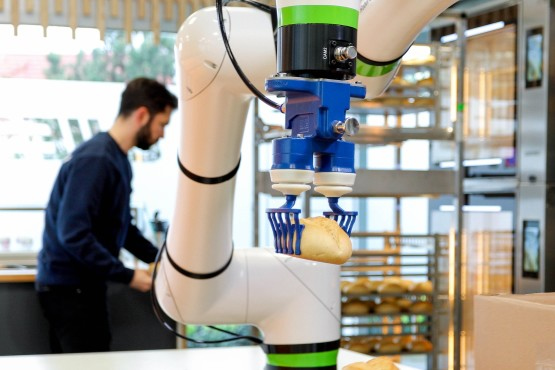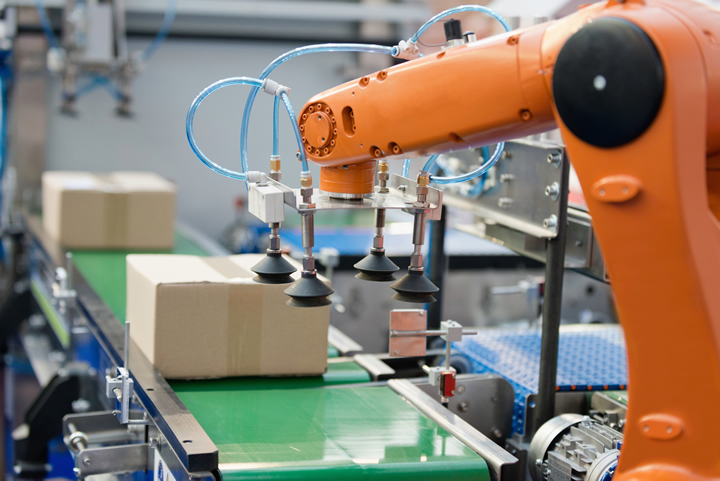The Hiring Freeze Came First. The Robots Came After.
This is not just a vibes-based assessment: in May, the U.S. reported around 332,000 open jobs in transportation, warehousing, and utilities, plus another 400,000 in manufacturing. Wages are up, benefits are better, yet demand still outpaces supply.
What if the Most Dangerous Jobs Could Run Themselves?
Robots exist to handle specific dangerous tasks - such as diffusing explosive devices or inspecting tall or remote structures. However, many researchers and other concerned parties are running trials and improving concepts in labs to create more broadly applicable machines.
From Displacement to Empowerment: How Robotics Developers Can Lead the Workforce Reskilling Revolution
As automation continues to integrate into our factories, warehouses, and supply chains, the conversation around workforce transition and reskilling has become one of the most urgent and defining challenges of our time.
Will AI Take My Job in Manufacturing?
While employees have every right to be sceptical about AI, it's important to note that integrating AI into existing workflows is actually in place to enhance productivity and remove the need for time-consuming manual tasks.
Decrease Downtime: Ergonomic Process for Healthier, More Productive Workplace
Preventing worker discomfort and addressing early signs of injury are proven to save companies time and money, all while improving worker satisfaction and reducing turnover.
Addressing the Skills Gap in Manufacturing through Robotics Training
Louis Columbus, Senior Industry Marketing Manager at DELMIA, delves deeper into the ever-growing skills gap in manufacturing and how robotics training could be the catalyst for change.
The Role of Robotics in Attracting Talent Back to the Warehouse
A persistent shortage of labour remains a major issue for the UK warehousing and logistics sector. Automation and robotics are proven to help businesses significantly improve productivity and increase efficiency. But automating manual tasks is only half of the story.
How the Talent Shortage Is Helping and Hindering the Field of Robotics
Modern robotics has existed for roughly a century, but innovation has risen sharply in the last decade. The rise has partly come out of necessity due to a talent shortage.
Tackling the lack of specialists with innovative robotics solutions
Boring, strenuous, and exhausting are things of the past. The work environment of tomorrow looks different: exciting, simple, and easy. Cobots, AGVs (Autonomous Guided Vehicles), and AMRs (Autonomous Mobile Robots) put variety into daily work routines.
Robotics In Manufacturing: Threat or Opportunity?
The use of robotics in manufacturing has grown consistently over the past decade. A recent report from the Association for Advancing Automation revealed that North America saw a record in robot sales in 2022, with the number of robots ordered up 11% from the previous year.
57% of Manufacturers Say Robots Aren't Taking Human Jobs
Veo Robotics' 2022 Manufacturing Automation Outlook finds that human-robot collaboration has risen for 6 out of 10 manufacturers in the last year, as facilities turn to automation to supplement workers
Encouraging Diversity in Robotics
The robotics industry is ever-changing. Engineers are always looking for new ways to create helpful tools and machinery, but those employees are often primarily men.
Gender Diversity in Robotics and Manufacturing
There are significant numbers of manufacturing and robotics companies which have publicly stated the importance and value of gender equality; they are eager to find female talent.
Robotic Disruption in US Workforce Leads to New Opportunities and Challenges
The workforce is becoming increasingly robotic, and that shift is happening faster than many anticipated. Here's a look at the opportunities and challenges that creates.
Engineers Meet Industry Demand By Growing Their Robotics & IAS Expertise
For engineers with a traditional background in mechanical, electrical or computer engineering, specializing in IAS can accelerate their career progression and potentially make them more money.
Records 1 to 15 of 77
Featured Product

Palladyne IQ - Unlocking new frontiers for robotic performance.
Palladyne IQ is a closed-loop autonomy software that uses artificial intelligence (AI) and machine learning (ML) technologies to provide human-like reasoning capabilities for industrial robots and collaborative robots (cobots). By enabling robots to perceive variations or changes in the real-world environment and adapt to them dynamically, Palladyne IQ helps make robots smarter today and ready to handle jobs that have historically been too complex to automate.
Robotics and Automation - Featured Company

Robotmaster
Robotmaster, a Hypertherm Associates brand, is an offline, is an offline robot programming software that helps manufacturers maximize their robot's productivity with easy and efficient robot programming for a variety of applications such as cutting, trimming, milling, welding, spraying, polishing, sanding, grinding, deburring, and more.
Robotmaster uses integrated CAD/CAM functionality to make robotic programming easy and intuitive for everyone, even first-time users.


.jpg)



.jpg)
.jpg)
.jpg)


.jpg)



